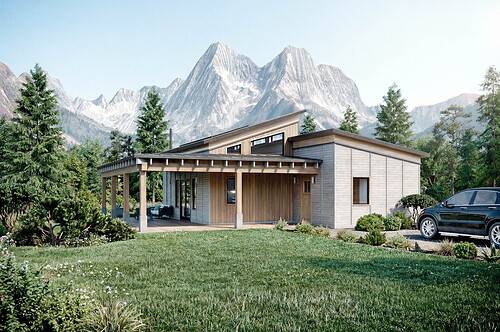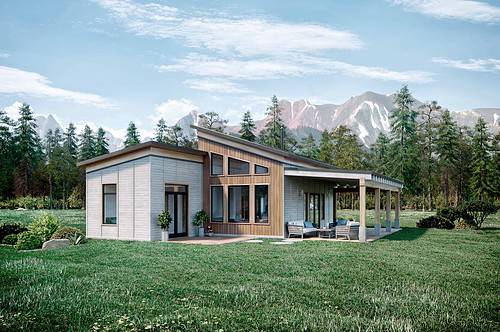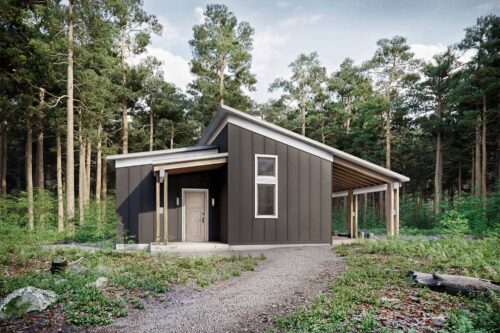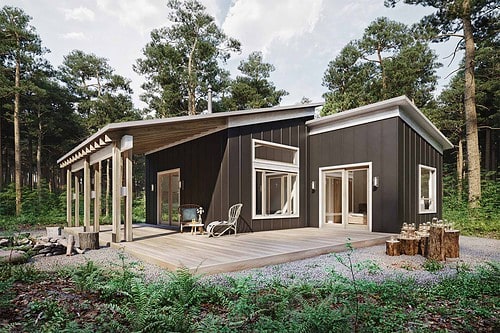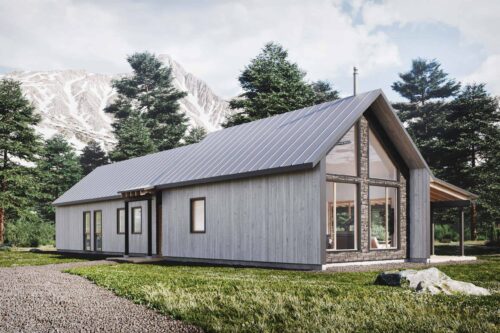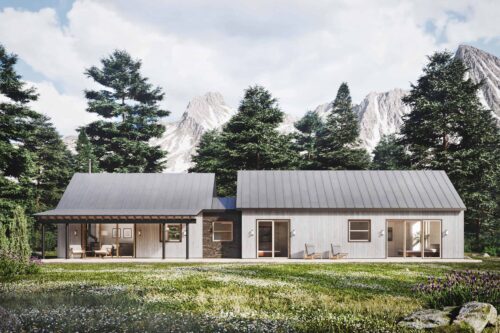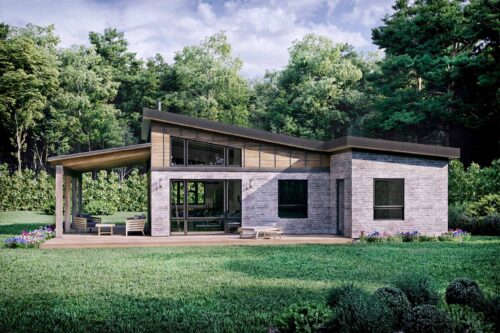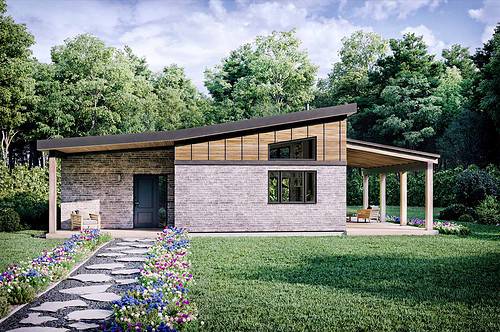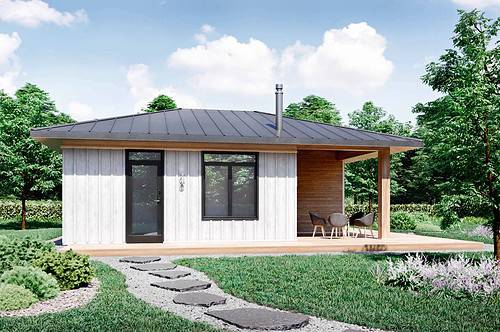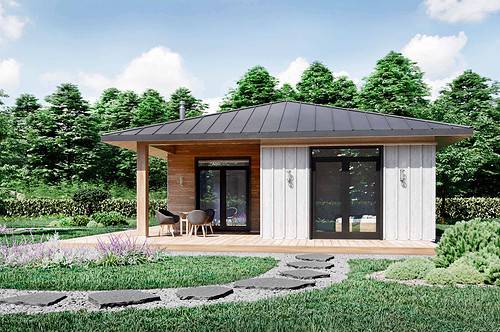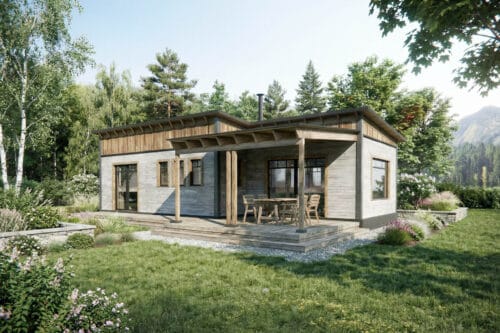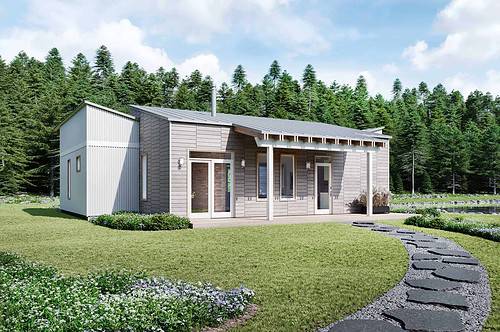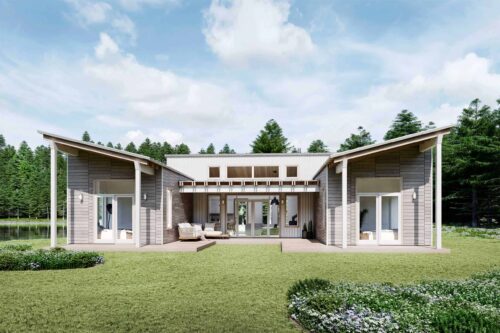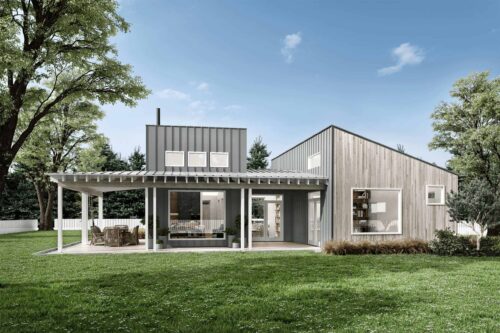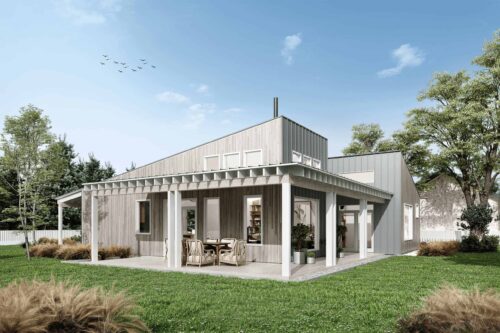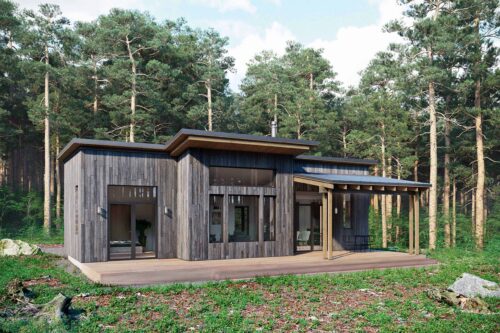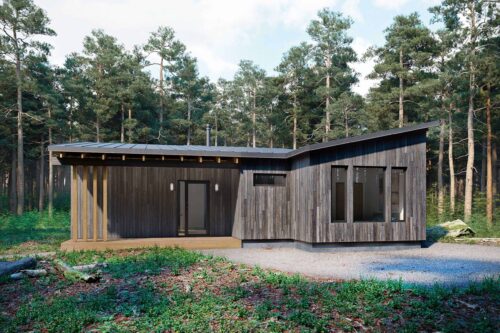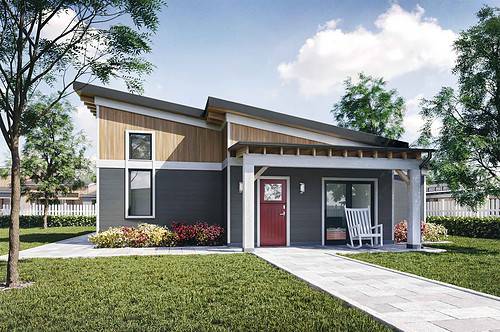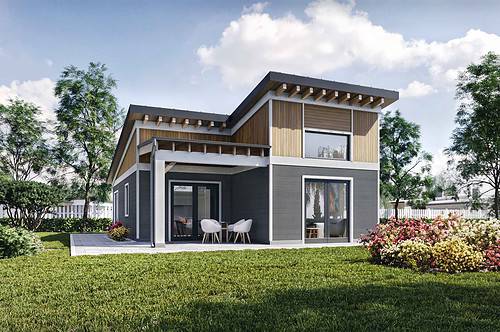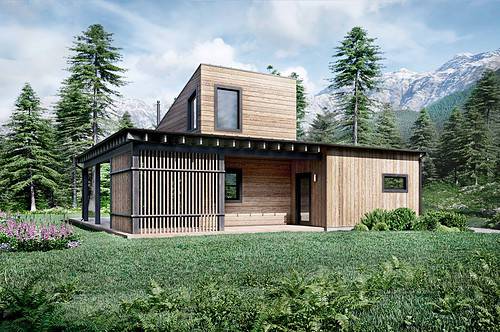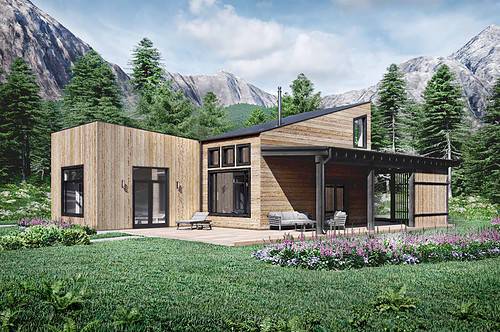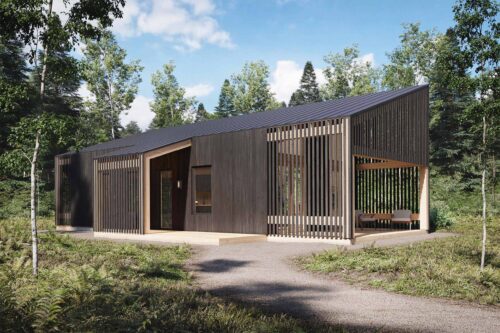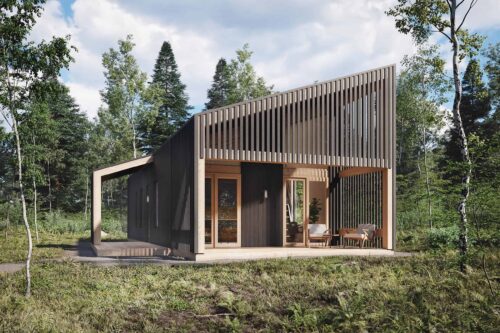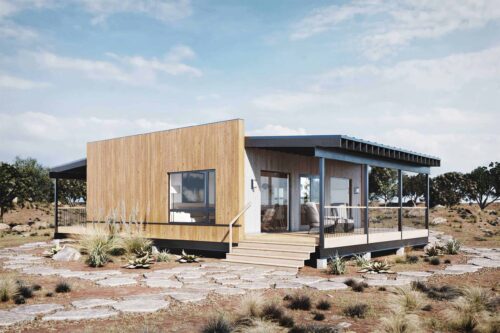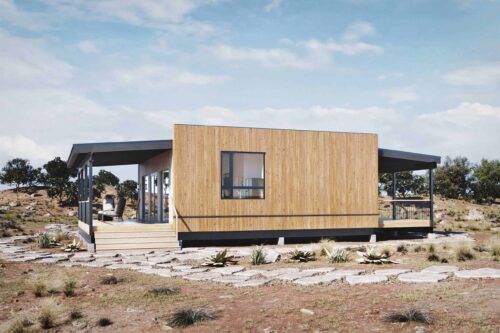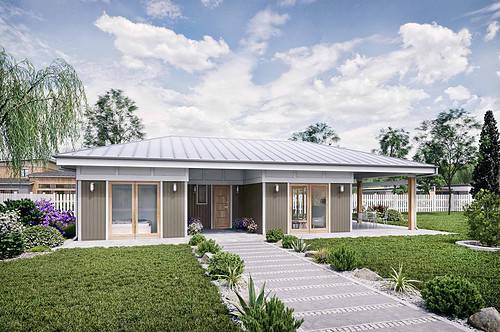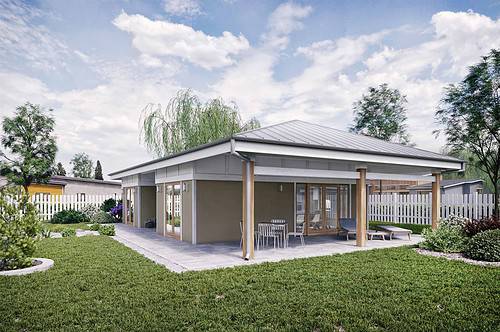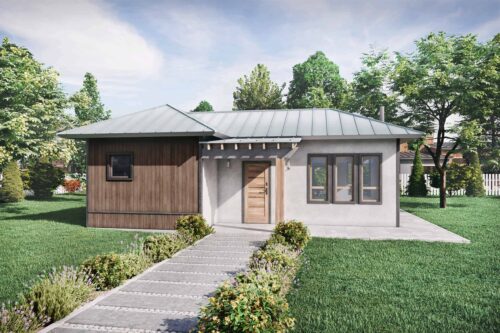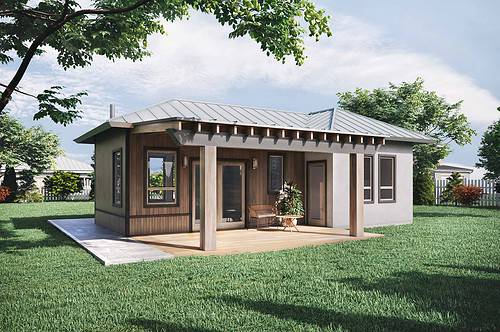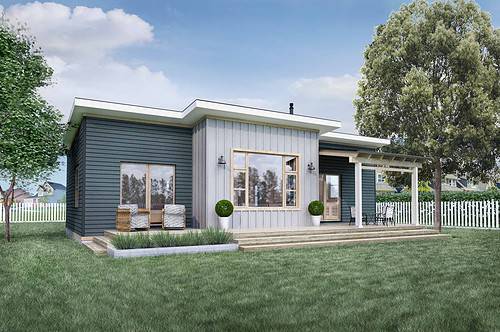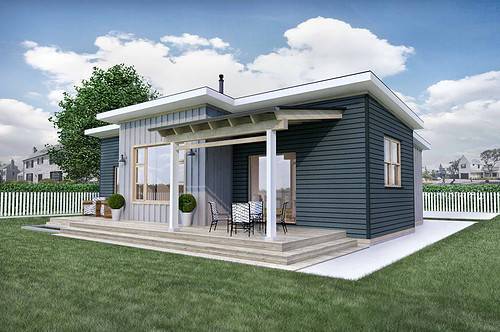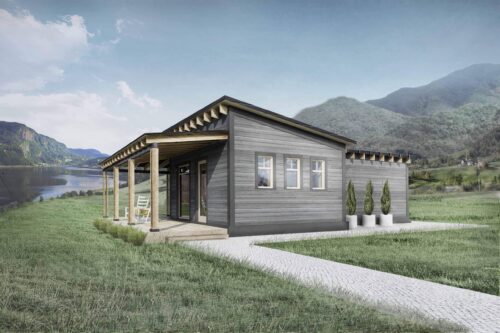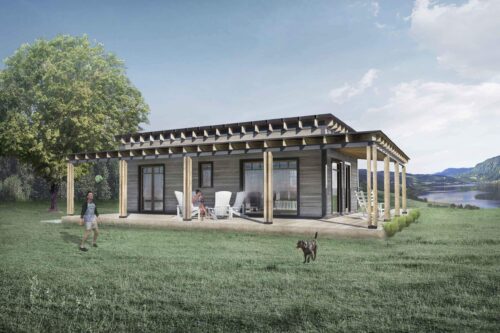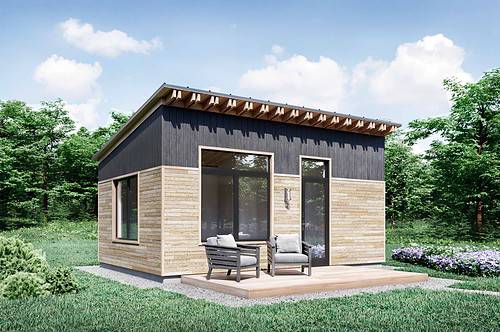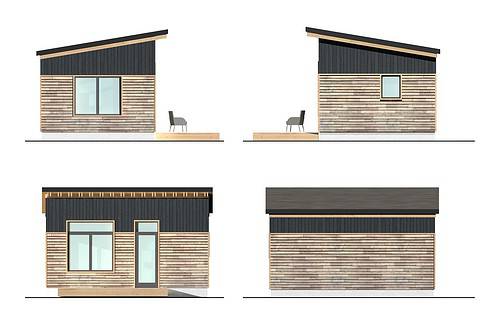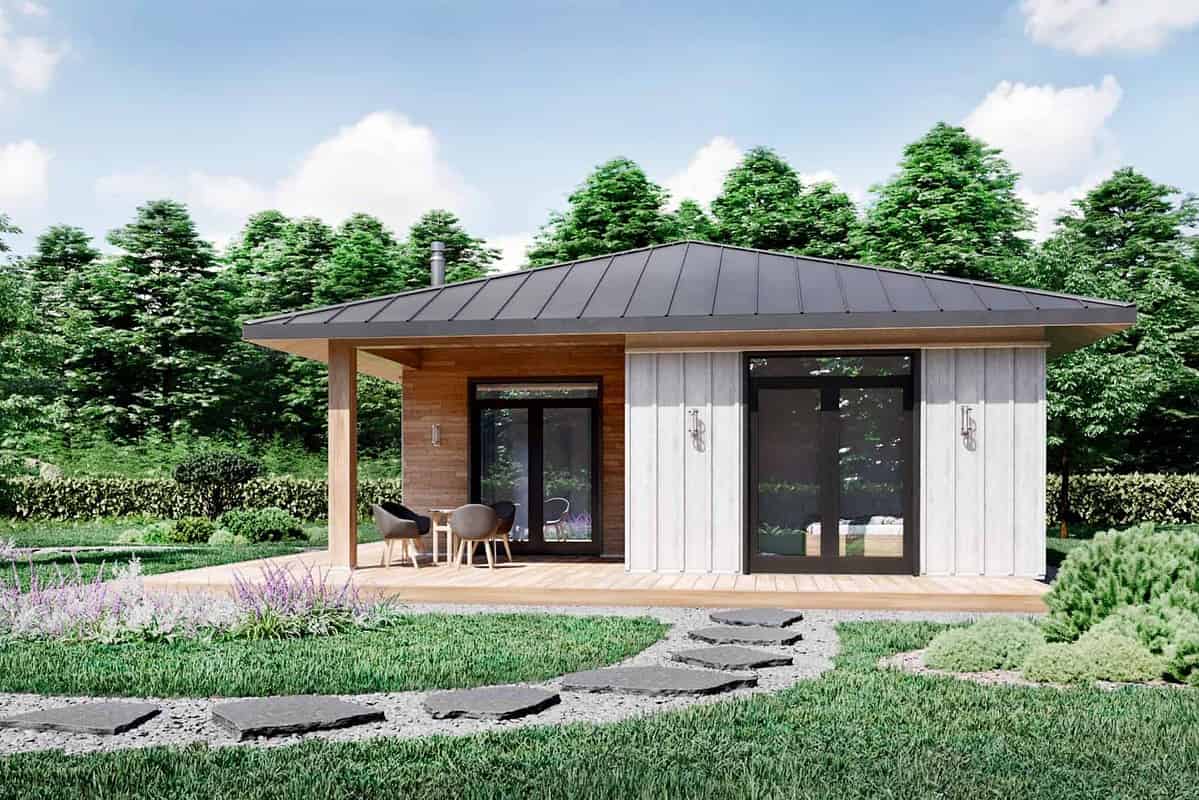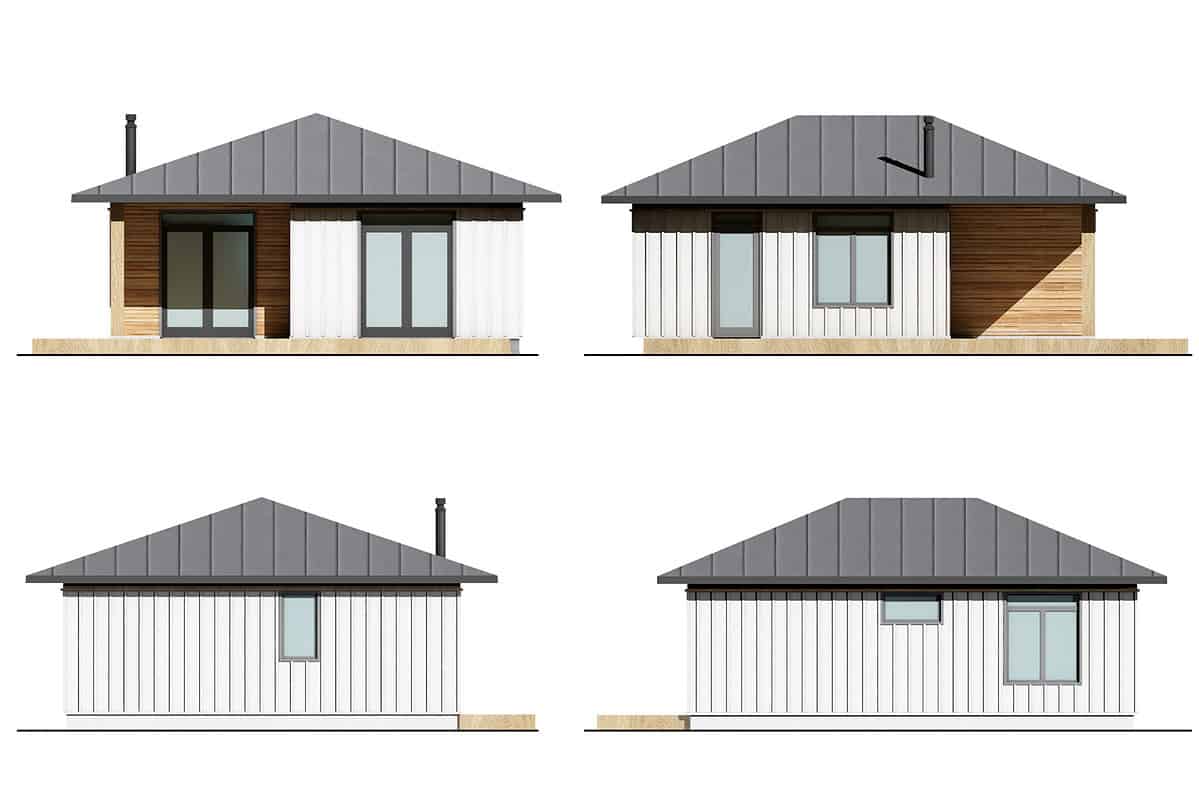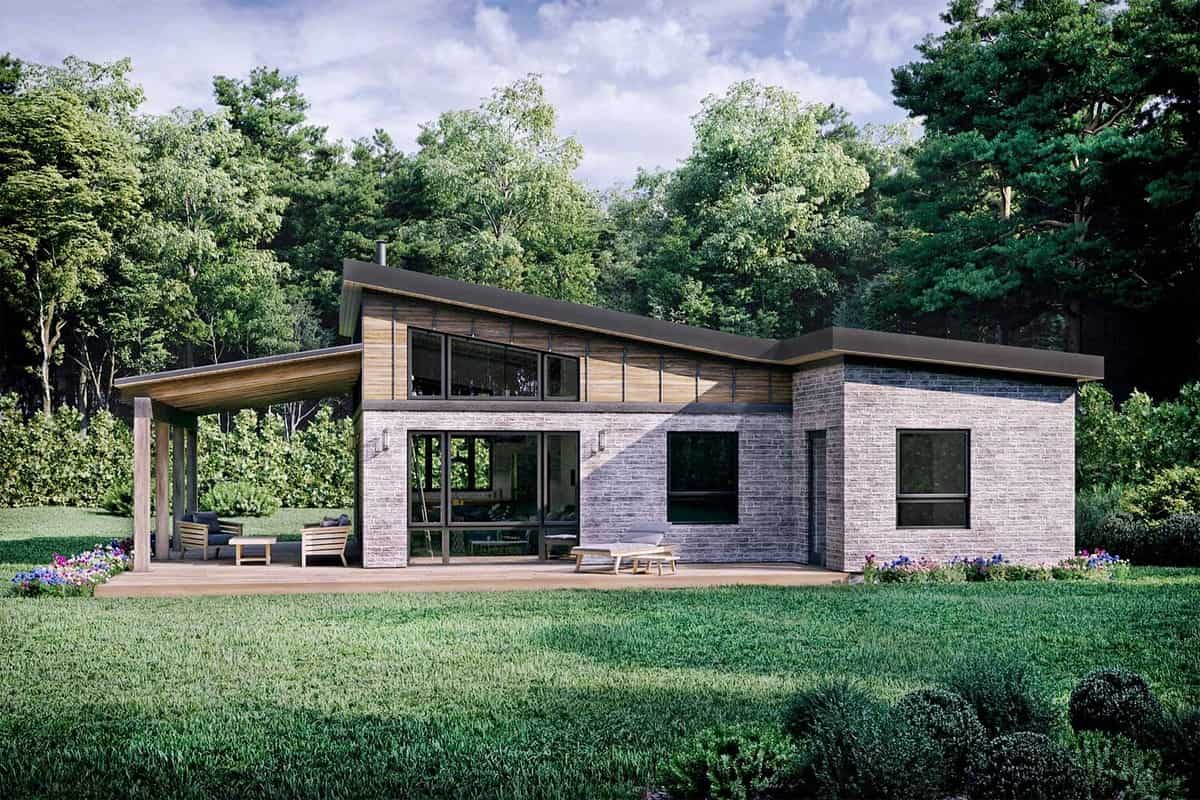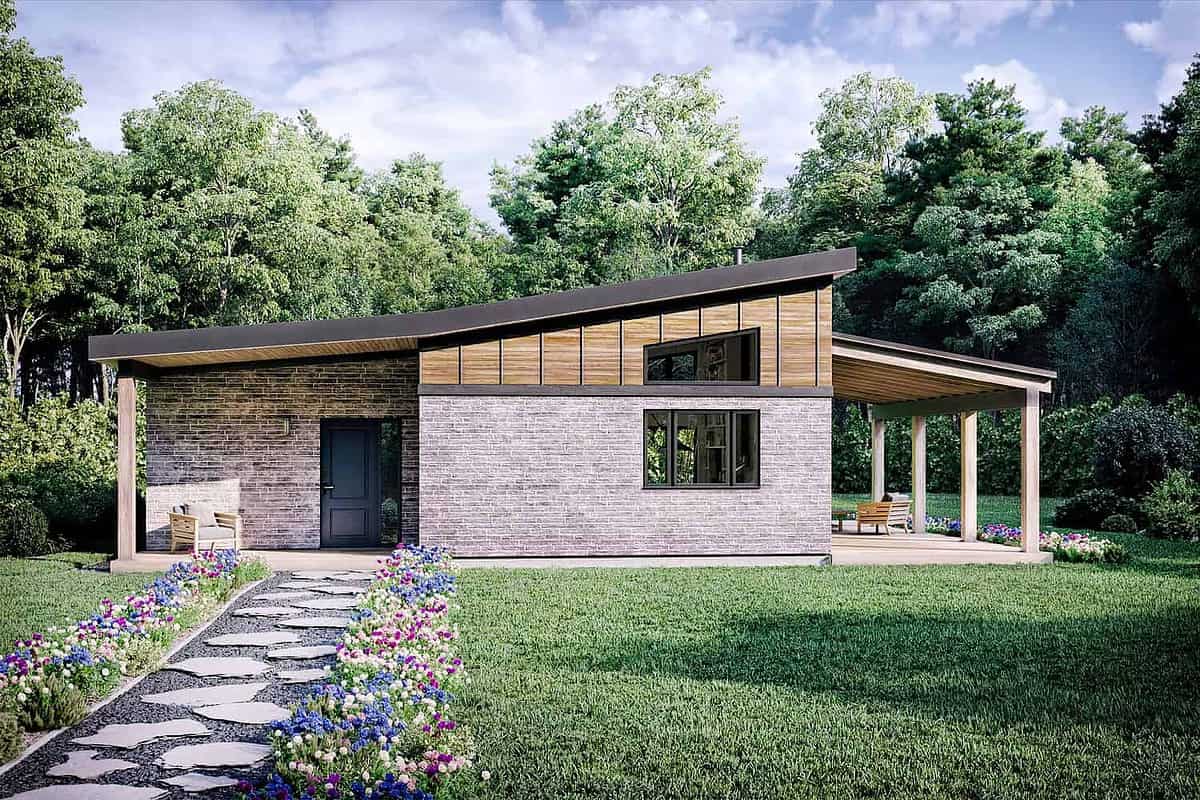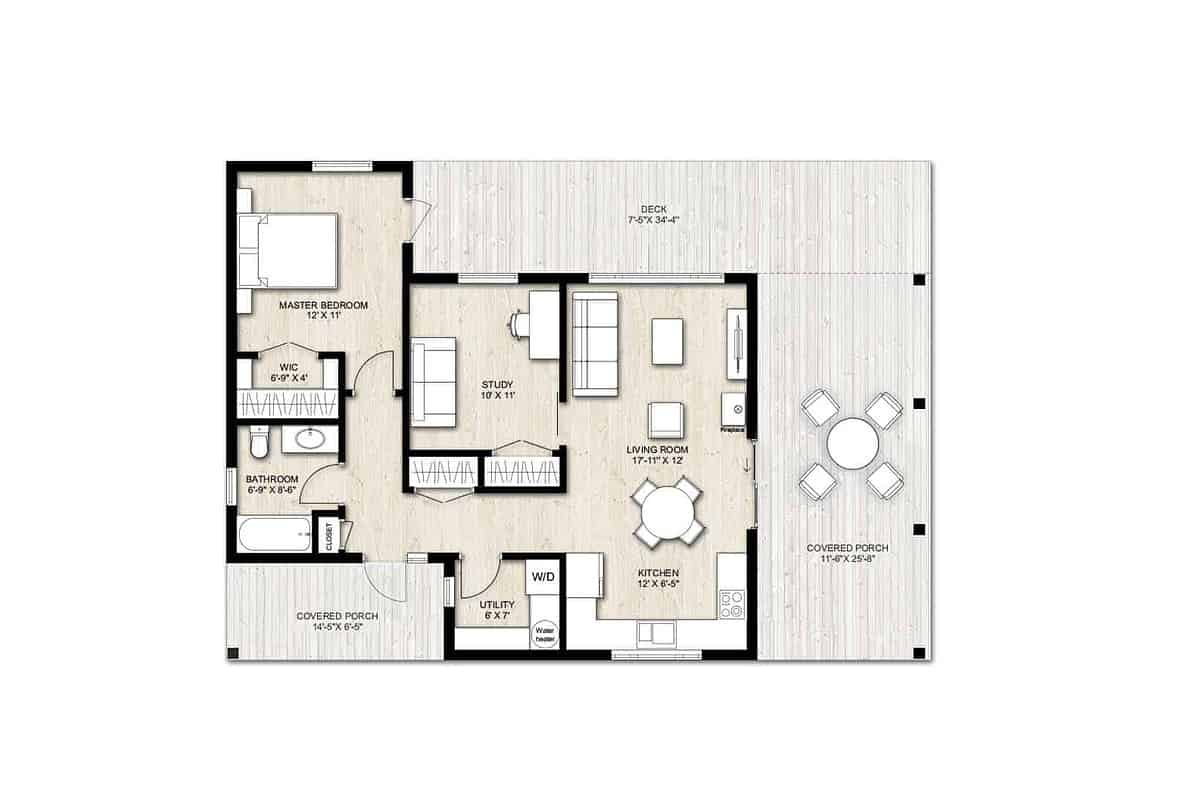No products in the cart.
Designing the Pool House with Living Quarters
Once you have made your choice from the many the right pool house plan, the next step is to add the design of the living quarters. This involves considering the layout, amenities, and decor of the pool house. Here are some tips for designing a pool house with living quarters:
Layout: When designing the layout of the pool house, consider the flow of traffic and the purpose of each area. For example, if you plan to use the space as a guest suite, you may want to include a bedroom with an attached bathroom and a living area. If you plan to use the space as an entertainment area, you may want to include a kitchenette, a lounge area, and a bathroom.
Amenities: The amenities you include in your pool house will depend on how you plan to use the space. Some popular amenities for pool houses with living quarters include a kitchenette, a bathroom, a living area, and a bedroom. You may also want to consider including a fireplace or a bar area for entertaining guests.
Decor: The decor of your pool house should complement the style of the main house and create a cohesive look and feel. Consider using similar materials, colors, and design elements to tie the two spaces together. You may also want to include outdoor elements, such as plants or natural textures, to create a seamless transition from the pool area to the pool house.
Lighting: Lighting is an important consideration when designing any house, a pool house with living quarters inclusive. Consider using a combination of ambient, task, and accent lighting to create a comfortable and inviting atmosphere. You may also want to include outdoor lighting to illuminate the pool area and highlight landscaping features.
HVAC system: Depending on the climate in your area and the seasonality of pool use, it may be necessary to install a heating, ventilation, and air conditioning (HVAC) system in the pool house. This will help ensure that the space is comfortable and usable year-round.
Building a Pool House with Living Quarters
After choosing the right pool house plan and designing the space with living quarters, the next step is to actually build the pool house. Bringing pool house plans with living quarters to life is a complex process that involves several steps. These include obtaining permits, selecting materials, and hiring contractors. Let’s quickly look at some tips for building a pool house with living quarters:
Obtain permits: Before you begin construction, you will need to obtain the necessary permits from your local building department. This will typically involve submitting plans and paying fees, as well as meeting local zoning and building code requirements. This is important to ensure that you do not have any issues with the law.
Select materials: When selecting materials for your pool house, consider durability, aesthetics, and maintenance requirements. You may want to choose materials that are resistant to water and moisture, such as tile or vinyl flooring. You should also add materials that require minimal upkeep, such as composite decking or metal roofing.
Hire reputable contractors: A project such as this will require the services of several different contractors, including a general contractor, an electrician, a plumber, and a heating and cooling contractor. It’s important to select experienced and reputable professionals who have a track record of completing similar projects on time and within budget.
Budget: As with all building projects, many simple pool house plans with living quarters can be a significant investment. It’s important to establish a budget and stick to it throughout the construction process. This may involve making trade-offs between different materials, amenities, and design elements to ensure that the project stays within your budget. A good contractor can help you make the right decisions here.
Timeline: The timeline for your building project will depend on the complexity of the project, the availability of contractors and materials, and the weather conditions in your area. It’s important to establish a realistic timeline and communicate regularly with your contractors to ensure that the project stays on track and is completed in a timely manner.



